Vitalik co-founded Ethereum to create a more general-purpose blockchain that could support various functions, including decentralized applications (dapps). So, to thoroughly answer the “who is Vitalik Buterin?” question, let’s explore Ethereum and his life.
Vitalik Buterin – The Early Years
Vitalik Buterin was born in Kolomna, Moscow Oblast, Russia, on January 31, 1994. His father is Dmitry Buterin, a computer scientist. So, the young Vitalik was born with computer programming built into his DNA.
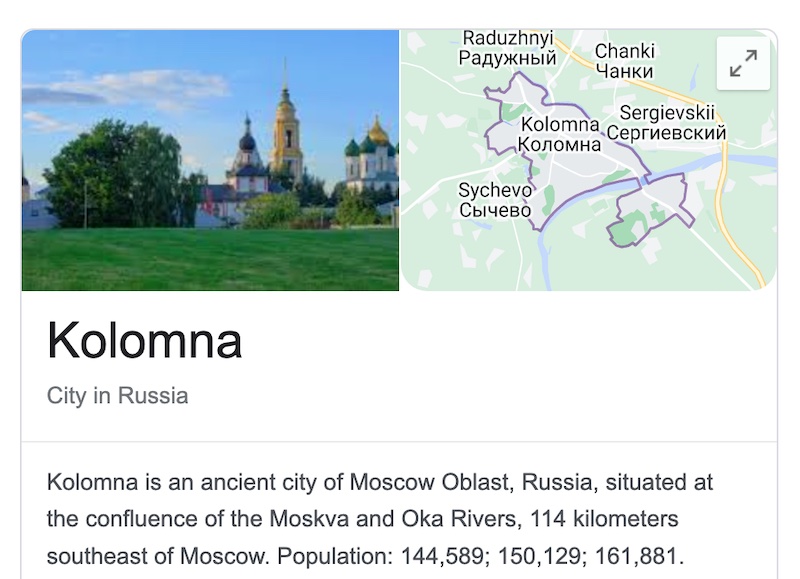
He didn’t live in Russia for long, however. By the age of six, his parents moved to Canada. Once he got there, the Canadian primary school quickly upgraded him to the gifted children’s program in third grade.
Vitalik had natural gifts in mathematics, economics, and programming. So much in fact that his teachers thought him a bit of an “oddity”, and his peers considered him a math genius. For one thing, he could add three-digit numbers in his head twice as fast as the other students.
If you’re still wondering, “what is crypto?“. Please read our blog article or take the Crypto for Beginners course at Moralis Academy.
Buterin was hardly a social gadfly and missed out on many extracurricular activities that other kids enjoyed. When he went to Abelard School (a private high school in Toronto), Vitalik became intent on quenching his thirst for knowledge. In fact, it became his quest in life. The only thing that interested him outside of academics was World of Warcraft (WoW), which he played fervently from 2007 to 2010.
After happily playing for years, he allegedly cried himself to sleep when the game removed an essential component from his warlock’s spell. It may be a bit of an exaggeration to suggest that the negative experience with WoW is what inspired Vitalik to start Ethereum. But it certainly tainted his view on centralized control.

The College Years and Bitcoin
Buterin attended college at the University of Waterloo and worked as a research assistant for Ian Goldberg, a notable cryptographer and former chairman of the board of the Tor project.
So, who is Vitalik Buterin, and how did he get into Bitcoin? At 17 years old, he would ultimately learn about Bitcoin from his father while looking for a direction in his life’s work. At first, he was suspicious of the cryptocurrency and couldn’t see any value since precious metals didn’t back it. However, with time, he learned to appreciate the concept and became fascinated.
Vitalik wanted to learn more about this experimental economy. So, he searched the various Bitcoin forums looking for work in the industry and eventually started writing blog articles for Bitcoin Weekly.
His writing attracted the interest of a Romanian-based Bitcoin enthusiast named Mihai Alisie. The introduction ultimately led to Vitalik’s co-founding Bitcoin Magazine in 2011, the first serious publication devoted to crypto.
In 2011, Buterin earned about five Bitcoin per article. It sounds pricey by today’s standards, but it was only around $3.50 at the time. More importantly, by the time he was 19-years old, Vitalik Buterin was the head writer at Bitcoin Magazine.
So what is Bitcoin anyway? If you’re not sure, please read our recent blog article. Or, why not take the Blockchain & Bitcoin Fundamentals course at Moralis Academy?
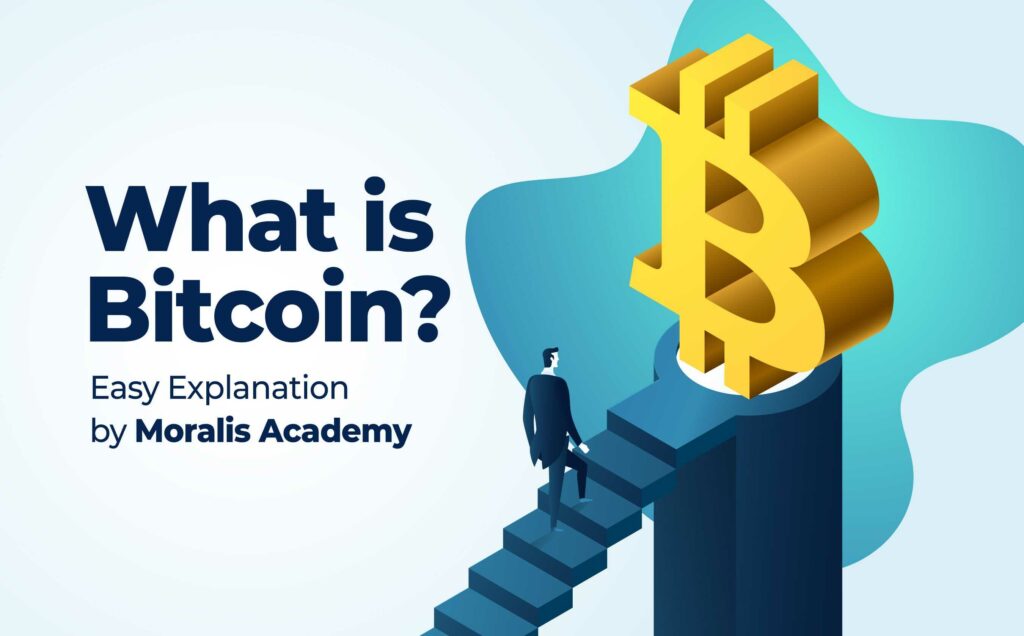
Brainstorming Ethereum
In 2013, Vitalik spent six months traveling to other countries, checking out different crypto projects, and meeting with Bitcoin developers. He soon realized the projects he encountered were too “myopic” in their scope, and Vitalik believed he could build a superior version of Bitcoin.
He wanted to replace the user-specific functionality of the blockchain projects he saw with a Turing-complete programming language. This upgrade could turn a blockchain with a singular, simple use case into a more generalized one that could solve any problem. Certainly, Bitcoin’s simple scripting language wouldn’t cut it. But, after getting his idea rejected, Buterin decided to create a new platform – Ethereum. Later that year, he returned to Toronto and published his whitepaper.
The Ethereum Whitepaper
Vitalik Buterin wrote the Ethereum whitepaper in November 2013. He pointed out that Bitcoin needed a programming language to allow developers to build applications on it. He shared it with a few friends who passed it along to others. As a result, other people reached out to discuss his new concept.

Interest in the whitepaper grew, and in 2014, Vitalik publicly introduced Ethereum at the Bitcoin conference in Miami. He even showed up with an “ethereum.org” t-shirt for his 25-minute speech, where he described this new decentralized network and its potential use cases.
In January 2014, Vitalik’s core team at Ethereum consisted of Gavin Wood, Charles Hoskinson, Mihai Alisie, Anthony Di Iorio, and Joe Lubin. Soon after, the group held an initial coin offering (ICO) of ETH (Ethereum’s native token) to fund development.
The ICO raised 31,000 BTC (approximately $18 million). The team next established Ethereum Foundation, a non-profit based in Switzerland. The foundation oversaw Ethereum’s development. Around the same time, Vitalik got the “Thiel Fellowship” grant worth $100,000.
After getting the $100,000 grant, Buterin decided to quit the university. After all, he had little time left for classes with so much time spent traveling, writing, and working on Ethereum.
The DAO Attack
The Ethereum blockchain developed multiple use cases like building dapps and decentralized autonomous organizations (DAOs). Unfortunately, when the fledgling blockchain launched its DAO in April 2016, it was met with unforeseen events.
The DAO would become one of the most effective crowdfunding campaigns in history. Further, its objective was to offer a decentralized model for organizing commercial and non-profit enterprises on the Ethereum blockchain.
It quickly raised approximately $150 million in ETH. However, an attacker(s) exploited the codebase and hacked the DAO for 3.6 million ETH (roughly $50 million at the time). If the team didn’t act quickly, a third of the ETH raised would be walking out the door.
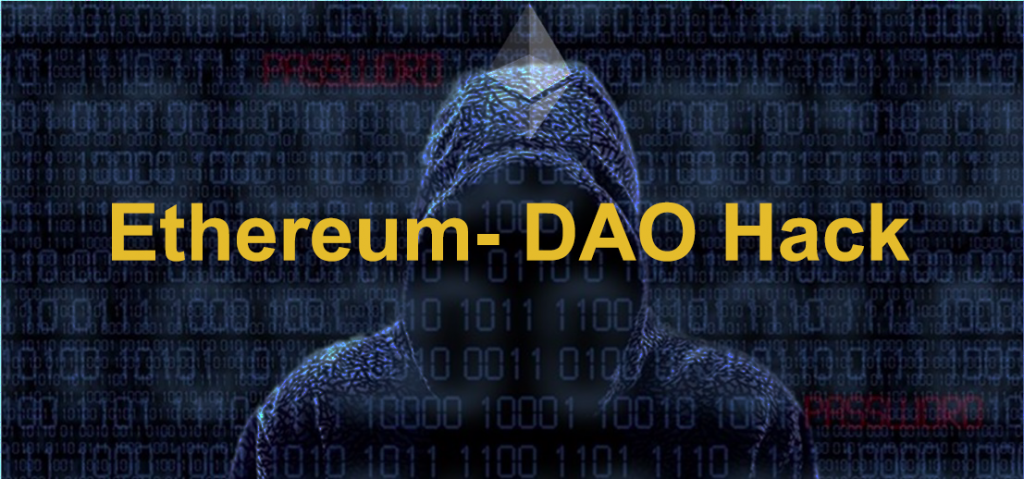
Vitalik Reacts to the DAO Hack
Vitalik Buterin opted to fork the Ethereum network to stop the hack in its tracks. By forking the blockchain, the team could restore the stolen funds. However, the decentralization purists in the group disagreed. The opposing sides could not resolve their differences, and, thus, two separate blockchains split. Ethereum (ETH) became the new blockchain, while Ethereum Classic (ETC) retained the original blockchain.
The fork was controversial because decentralized blockchains are supposed to be censorship-resistant, and this act was a flagrant act of centralized authority flexing its muscles. The hack posed a moral and philosophical dilemma. But when a choice involves a $50 million hit, it becomes to compromise one’s principles.
The Hard-Fork Aftermath
ETH became more popular than ETC, garnishing Enterprise Ethereum Alliance’s full support with its 200+ members, including financial titans such as Citigroup and J.P.Morgan.
So, who is Vitalik Buterin, and what is his commitment to Ethereum? In retrospect, he, the developers, and the community took the necessary steps to ensure the fledgling blockchain’s survival. Ethereum has since evolved into a pillar of strength in the crypto ecosystem with a $368 billion market cap. If you’re confused, get the blockchain explained in our recent article on the Moralis Academy blog.
Vitalik Buterin and the Ethereum 2.0 Upgrades
Ever since the rebranding effort to change the moniker started, not everyone likes to call the upgrades “Ethereum 2.0”. However, old habits die hard.
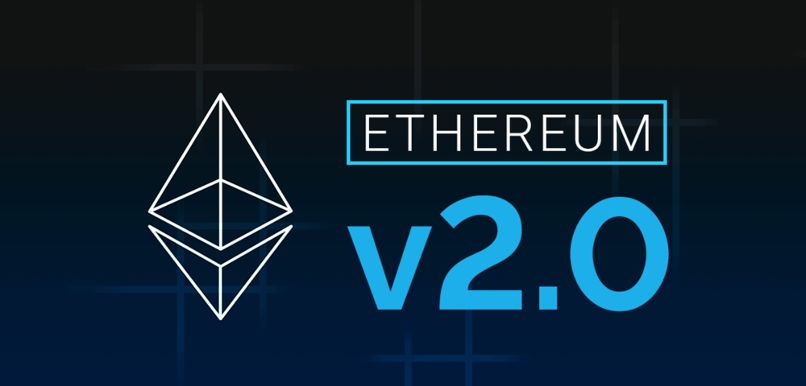
This article won’t dig into the complexities of the upgrades, but Vitalik realized that Ethereum’s growing popularity came with a cost. Higher demand meant higher network fees and congestion that put specific sectors (such as DeFi and yield farming) out of reach for the average user. To learn more, get DeFi explained in our blog.
Nevertheless, as part of the upgrade, Ethereum will be moving away from the proof-of-work (PoW) consensus mechanism to proof-of-stake (PoS). At the “StartmeupHK” festival in 2021, Buterin admitted that the team underestimated the time it would take to move to PoS. One year estimates became more like six.
Further, Buterin emphasizes that the most promising scalability solution is the long-awaited sharding feature. Sharding horizontally partitions a database to redistribute the load, thus, increasing transactions per second (TPS) while reducing network congestion. Vitalik is also intrigued with zk-SNARKs.
It’s not surprising that many investors are excited about Ethereum’s future. However, navigating the volatile waters of cryptocurrency trading is tricky. Thus, learn how to invest in crypto at Moralis Academy!
Timeline 2014 to 2022 – Accomplishments and Philanthropy
When investigating the “who is Vitalik Buterin?” subject, we mustn’t leave out his philanthropic endeavors and other accomplishments. Besides landing the “Thiel Fellowship” award in 2014, he also snagged the World Technology Network prize for IT software in the same year, defeating Mark Zuckerberg of Facebook (now Meta) for the honor.
2016
In 2016 (the same year as the DAO attack), Vitalik made the “Forbes 40 Under 40” list. He also served on the editorial board of “Ledger”, a scholarly journal that publishes original research articles on blockchain technology.
2017
In June 2017, Vitalik met with Russian President Vladimir Putin at the St. Petersburg International Economic Forum to consider the economic relevance of Ethereum to his native country.
Donations: $763,970 worth of ETH was made to Machine Intelligence Research Institute.
2018
In 2018, Buterin made the “Forbes 30 Under 30” list. Furthermore, the University of Basel’s Faculty of Business and Economics awarded him an honorary doctorate.
During this time, Vitalik’s father suggested in an article from The New Yorker that Vitalik preferred focusing on research instead of playing the role of the blockchain philosopher-king.
Donations: $2.4 million worth of ETH to SENS Research Foundation. It researches human life extension and rejuvenation biotechnologies.
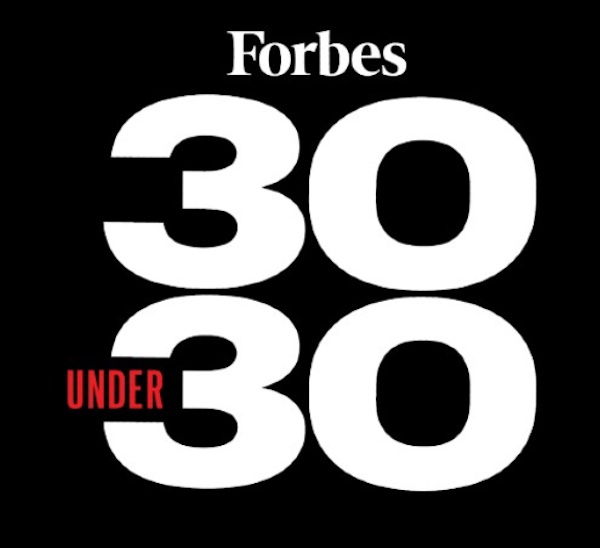
2019
In 2019, he collaborated with Zoe Hitzig, a Harvard Ph.D. student, to publish a paper called “A Flexible Design for Funding Public Goods.” The document lays out a method for using quadratic voting to implement the optimal provision of public goods.
2020
Donations: $50,000 to SENS Research Foundation to combat aging.
2021
Donations included $1.14 billion in SHIBA coins to India’s crypto covid relief fund and $336 million worth of ELON tokens to Methuselah Foundation for extending human life.
2022
On February 24, Vitalik tweeted his disapproval of the Russian decision to invade Ukraine.
Vitalik Buterin and China
It’s unlikely China’s blockchain community will ask who Vitalik Buterin is. Despite the Chinese government’s harsh stance on Bitcoin mining and other cryptos, businesses across China are adopting blockchain technology. Ironically, Vitalik learned to speak Chinese in only a few months with a phone app, and his persona has played a big part in Ethereum’s adoption rate there.
Further, the Chinese are researching and integrating Ethereum at institutional levels. Peking University, the number one university in China, is working on an Ethereum lab to develop improvements and application use cases in Chinese energy markets and supply chains.
In addition, Royal Chinese Mint is experimenting with Ethereum’s ERC-20 token standard to help digitalize the Chinese yuan. There are also numerous startups and established companies serving as founding members of Enterprise Ethereum Alliance.
The internet commission of the Securities Association of China is also acting as an adviser to prominent blockchain community members, including Vitalik Buterin. Lastly, Vitalik is a general partner at Fenbushi Venture Capital, the most prominent China-based firm that invests exclusively in Blockchain companies.
Buterin also worked with Russia, but that relationship is now tenuous with the Ukraine invasion.
Who is Vitalik Buterin? The Road Ahead
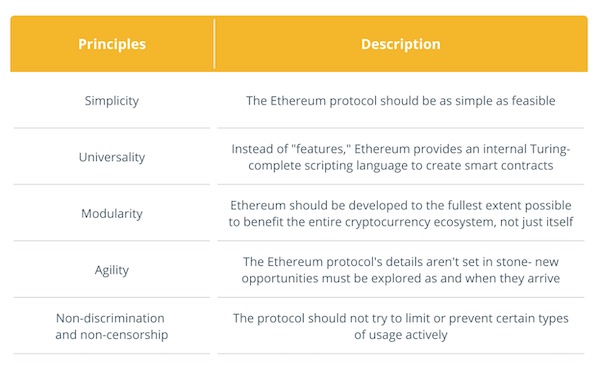
So, who is Vitalik Buterin, and how do we sum up all his accomplishments? After all, he’s not only the creator of the second-largest blockchain in the world but is also a genius, mathematics and economics wizard, computer programmer, writer, philanthropist, and the list goes on.
One thing is for sure – under Vitalik Buterin’s direction, Ethereum has evolved from a mere whitepaper to a full-fledged utility platform with developers from all over the world building loads of exciting applications on its blockchain.
Ethereum’s core principles have always been simplicity, universality, agility, and non-censorship. Further, Buterin believes Ethereum is perfectly positioned to rule the metaverse in a mere decade.
For a complete education in Ethereum, check the courses at Moralis Academy. Also, if you already want to create your own dapps, we recommend our ultimate Web3 development platform, Moralis. Get started today!





